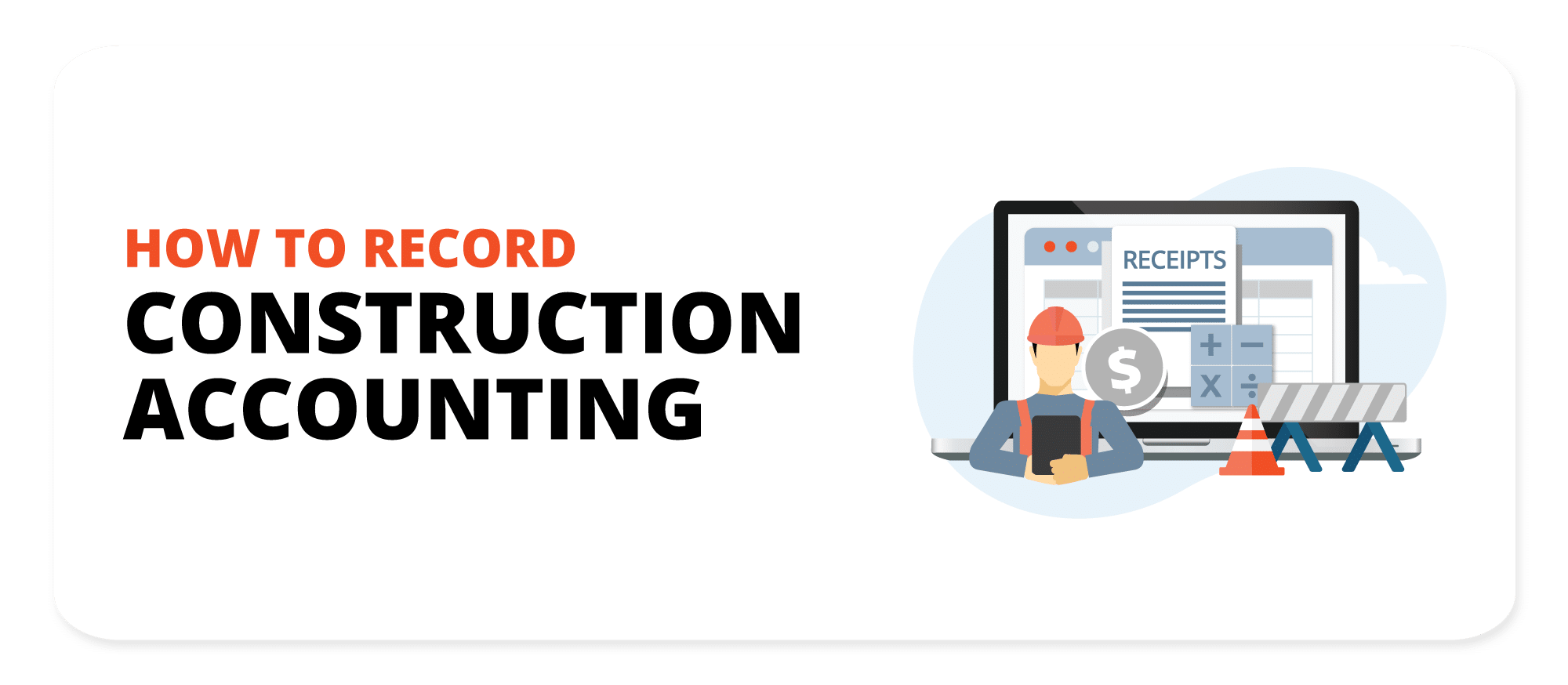Construction Accounting Strategies to Minimize Overhead and Boost Profit
Construction Accounting Strategies to Minimize Overhead and Boost Profit
Blog Article
Building And Construction Accounting Made Easy: Methods for Accurate Financial Tracking
In the facility landscape of building and construction projects, efficient monetary monitoring is paramount for success. Construction accountancy calls for a nuanced understanding of numerous financial metrics and techniques to make sure exact monitoring of expenditures and revenues. By executing robust budgeting methods and leveraging specialized software program, firms can significantly enhance their financial oversight. Nevertheless, lots of companies still have problem with keeping precision and performance in their audit techniques. What certain methods can be utilized to connect these spaces and transform construction bookkeeping into a structured procedure? The response may hold the secret to unlocking greater productivity and functional success.
Comprehending Construction Audit
In the world of building, understanding audit methods is essential for reliable job management and monetary oversight. Construction audit stands out from traditional audit because of its unique obstacles, including project-based monetary tracking, complicated price frameworks, and the need for compliance with numerous policies. This customized field stresses the significance of properly assigning prices to particular projects, allowing professionals to analyze success and make educated budgeting decisions.
Among the key components of building accountancy is work costing, which includes tracking all costs connected with a particular job. This consists of labor, products, and expenses costs. By preserving in-depth documents, construction firms can gain insights into the monetary wellness of their tasks, recognizing potential problems before they rise.
Additionally, building and construction accountancy needs a grasp of progression billing, which allows service providers to invoice clients based on the work completed instead than complete task conclusion. This approach boosts capital administration and lines up invoicing with project milestones. Ultimately, a strong understanding of building and construction audit techniques equips job managers and stakeholders to make strategic decisions, making certain the economic stability and success of construction endeavors.
Trick Financial Metrics to Track
Tracking vital monetary metrics is vital for building firms to keep control over their jobs and general business efficiency. Among the most essential metrics are the Gross Revenue Margin and Web Profit Margin, which give insight into productivity and expense management. The Gross Earnings Margin, determined by subtracting the expense of goods marketed from overall revenue, aids evaluate task effectiveness.
Another necessary metric is the Present Proportion, which assesses a company's capability to meet temporary liabilities with its present assets. A proportion over 1 suggests economic stability. In addition, tracking the Accounts Receivable Turnover Proportion can reveal exactly how successfully a business accumulates payments, with a greater ratio suggesting punctual collections.
Job Costing is likewise vital; it involves assessing the actual expenses sustained against the allocated prices for specific jobs, permitting firms to determine disparities and adjust methods as necessary. The Stockpile statistics measures the value of work acquired yet not yet finished, providing insight into future income possibility.

Reliable Budgeting Techniques
Efficient budgeting strategies are fundamental for building business looking for to optimize job results and keep financial health and wellness. A well-structured Learn More budget plan works as a roadmap, guiding project managers with the intricacies of building and construction costs and resource allotment.
To develop a reliable budget, start by developing a detailed extent of job, which lays out all jobs and products needed for the job. This structure permits precise expense evaluations. Use historical data from previous projects to benchmark prices and recognize possible differences.
Integrate contingency allowances into the spending plan to make up unanticipated costs, guaranteeing that projects remain monetarily sensible regardless of unpredictabilities. Furthermore, involve all stakeholders in the budgeting procedure, promoting partnership and click for info enhancing liability.
Routinely monitor and readjust the budget plan throughout the project lifecycle. Applying a regular review procedure makes it possible for timely recognition of inconsistencies and facilitates rehabilitative activities. Tracking costs versus the budget in real-time can assist reduce price overruns and enhance economic efficiency.
Tools for Financial Monitoring
Financial monitoring tools are essential for building and construction Click This Link companies intending to improve their procedures and enhance productivity. These tools aid handle spending plans, track expenses, and projection financial efficiency, providing very useful insights for decision-making.
Among the most efficient devices is construction accountancy software, which automates economic processes and simplifies monitoring task costs in actual time. This software program typically consists of features like task setting you back, payroll management, and invoicing, enabling a comprehensive view of monetary wellness.
Along with bookkeeping software application, task management tools can integrate monetary information with task timelines and source allocation. This combination makes sure that economic factors to consider are woven right into every phase of project execution, decreasing the danger of expense overruns.
Cloud-based monetary monitoring remedies additionally offer remote access to financial data, enabling real-time collaboration among stakeholders and improving transparency. Additionally, employing analytics tools can help construction firms identify trends, assess risks, and make data-driven choices for future tasks.
Finest Practices for Record Keeping
Accurate document maintaining is an essential element of successful building and construction audit, as it makes certain that all monetary deals are meticulously recorded and conveniently available (construction accounting). To achieve this, construction companies ought to execute organized procedures that promote consistency and precision in their monetary documents

On a regular basis updating records is vital. Establish a regular for going into transactions, preferably daily or once a week, to stop backlog and make sure timely coverage. Maintaining arranged documentation, such as invoices and agreements, in clearly classified folders-- both physical and digital-- assists simplify audits and support economic analysis.
Furthermore, conducting regular testimonials of records can discover disparities and areas for enhancement. Educating staff on finest techniques and holding them accountable for precise document maintaining fosters a culture of economic responsibility.
Ultimately, sticking to these ideal practices will cause boosted financial clarity, notified decision-making, and boosted profitability in construction jobs.
Verdict
In verdict, efficient building bookkeeping is necessary for making sure precise monetary tracking and task productivity. By developing a clear scope of work, making use of task costing methods, and using proper monetary management devices, building professionals can boost performance and decision-making.
Report this page